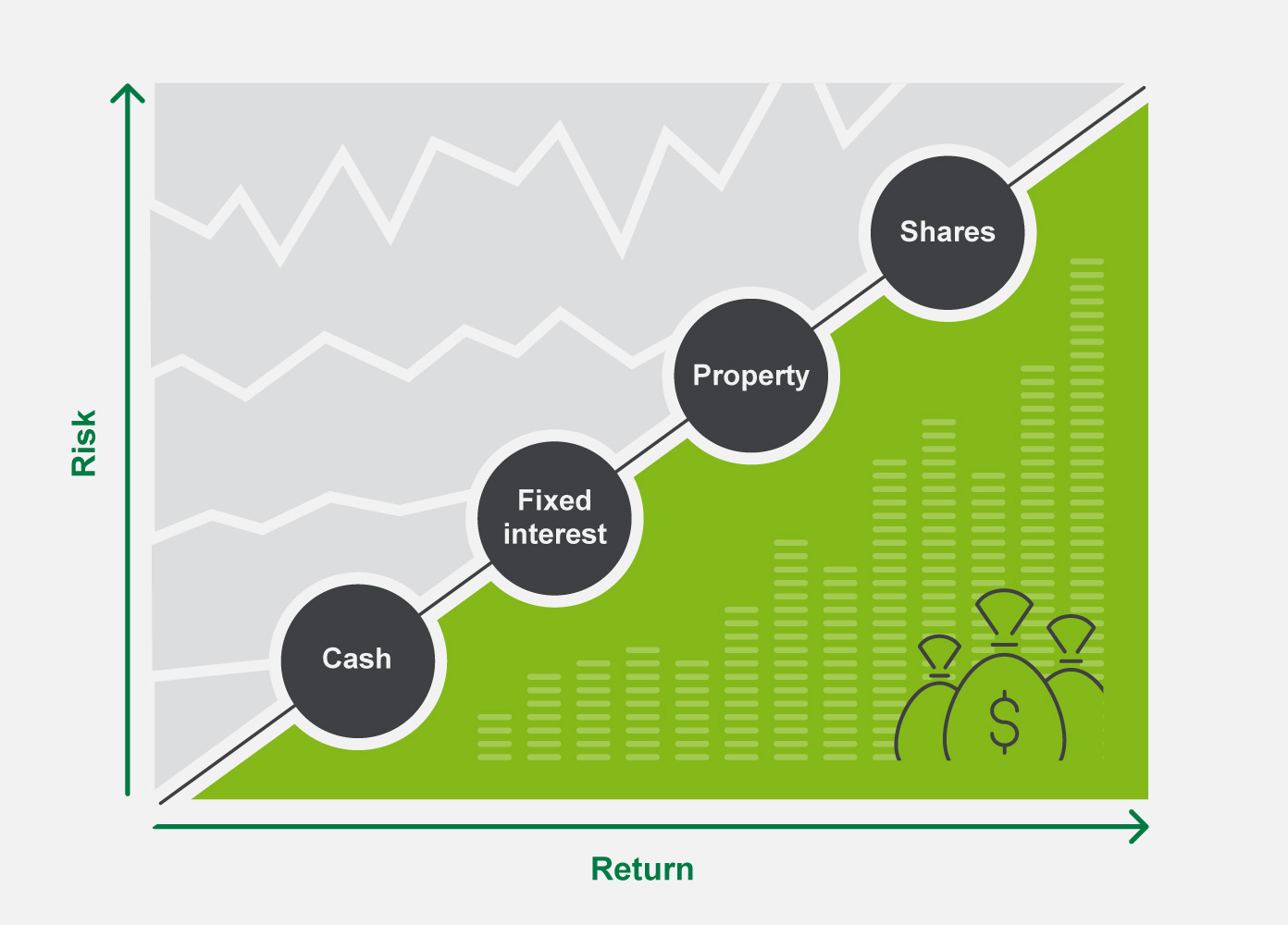We use cookies to improve your experience on our website. By continuing you acknowledge cookies are being used.
Why not stick with the default option?
When you join a super fund, if you don’t choose how to invest your super, any savings you already have, and any new payments into your account, will be invested in a default investment option. This default option your super fund uses for investing your balance is called MySuper.
For some funds, MySuper is a balanced investment option. It’s the same for every fund member unless they choose something different. Other super funds take a lifecycle approach with their MySuper option for members. This means the investment option they choose for your super on your behalf is the one they think works best based on your age and how far away you are from retirement.
MySuper options are designed to be simple and low cost. This helps you to compare them easily and limits the fees you’ll pay for the super fund to invest your money. This might be the ideal choice for your life stage and the type of investments you feel comfortable with. But your super fund could have different options you can choose to help you get more from your balance.
Do all these investment options cost the same?
Changing investment options can mean paying more or less in fees to your super fund. There are a few reasons why fees can vary a lot across different options. Depending on how your money is invested, you may be paying more for the skill and experience of people the super fund has chosen to manage your money.
If you pay higher fees, you’re going to want a higher return so your balance grows more overall. This is one of the things you need to think about when looking at the different options for investing your super.
Get help with making investment choices
Even with a little – or a lot – of knowledge about the options, you may not feel confident choosing where your super should be invested. Should you choose one option for all your super savings or divide it up across different ones? Is your risk profile telling you to go with growth options only, defensive only or a combination?
If you’re keen to do more with your super savings, getting in touch with us can point you in the right direction. We can help you take steps to change your investments or point you in the right direction to get help from a financial advice professional who can talk through your goals and options for making the most of your super.




